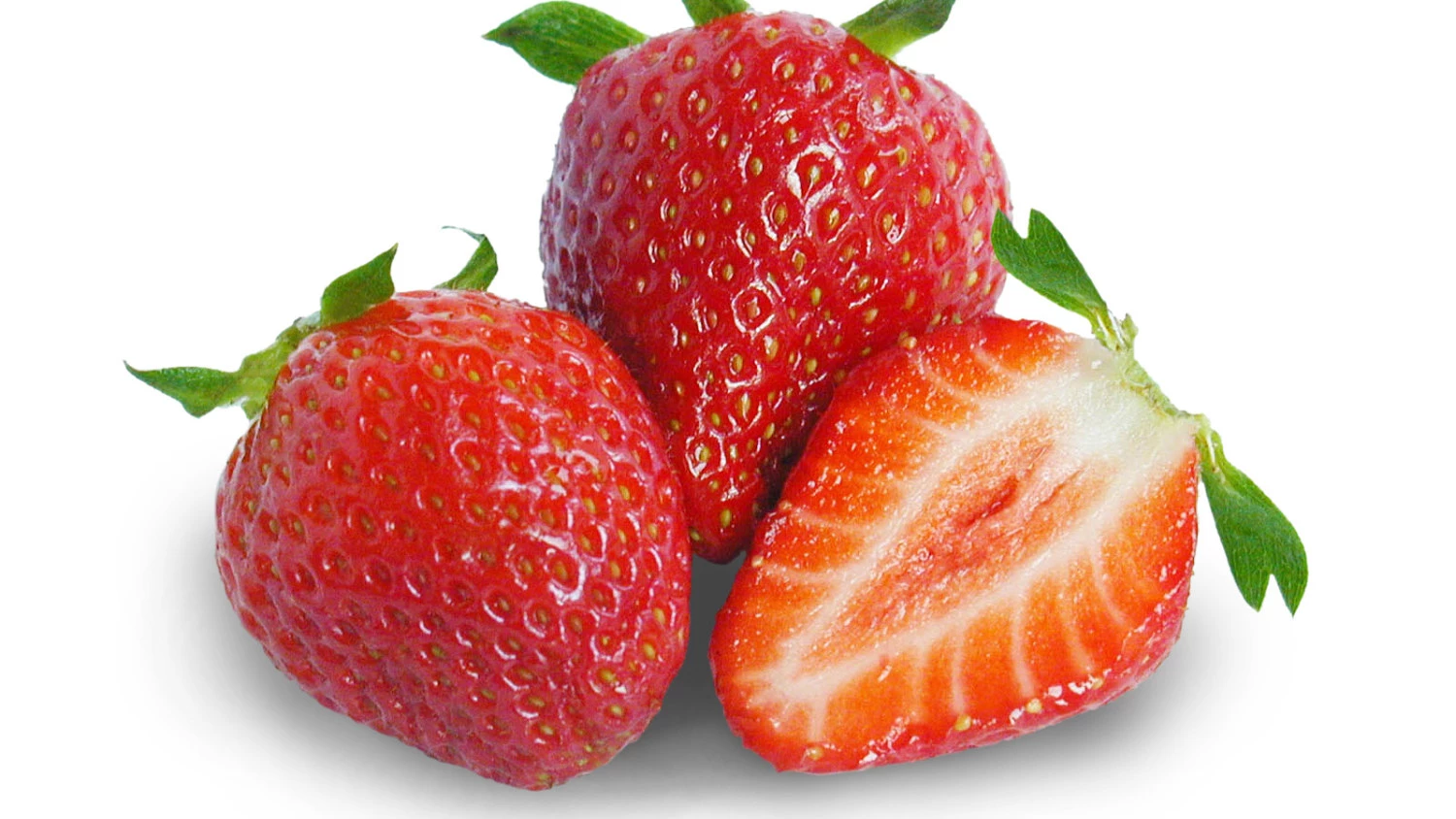Genetically Modified Foods: Safety Questions Remain

The debate about the safety of genetically engineered foods (or genetically modified organisms (GMO’s) as they are also known) has have been around ever since Monsanto introduced the first genetically engineered soybeans more than a decade ago.
GMOs are organisms in which the genetic material has been altered in a way that doesn’t occur naturally, such as inserting a gene fragment from a bacillus that can produce a pesticide in corn. Proponents argue the practice is perfectly safe, with no health consequences for the animals or consumers. A mounting body of evidence points in the opposite direction, however, and if you’re concerned about the safety of the food you eat, it’s a debate you need to stay on top of. Here are the highlights of the most recent developments in the controversy.
The American Academy of Environmental Science (AAES) recently requested a moratorium on the sale of genetically engineered (GE) food until adequate research on its effects in humans can be conducted. They also recommend that doctors prescribe genetically modified organism (GMO)-free diets. Here are some of the reasons that caused the AAES to take this step.
GMOs Contain Mutated Genes from Incompatible Organisms. Humans have safely used selective breeding or grafting of plants for thousands of years. These are processes that occur naturally and are limited by the organism’s compatibility. In contrast, genetically engineered (GE) crop technology happens at the single cell level and often breeches genus barriers, creating mutated genes, whose effects on the humans and animals who ingest them are unknown.
GMOs Have Not Been Tested on Humans. This technique has only been used commercially for 10 years, and the products have not been adequately teste. Most studies done on animals eating GMOs have been relatively short. A recent 2-year study, however, suggested that rats ingesting GMOs had a much higher incidence of cancereous tumors. Other research on animals ingesting GMO foods suggests that consuming these types of foods can cause:
-
Immune disregulation;
-
Infertility;
-
Accelerated aging;
-
Disregulation of genes for cholesterol synthesis, insulin regulation, cell signaling, and protein formation; and
-
Damage to the kidney, liver, spleen, and gastrointestinal system.
U.S. GMO Labeling Initiatives Lack Behind
GMOs are carefully regulated in the European Union, where there are stringent requirements for testing each product before it’s released into the market. So what is going on in the United States?
-
Safety Assessments. Based on the idea of “substantial equivalence,” FDA regulations say that if a new food is mostly equivalent in composition, it is considered to be as safe as the other food, and that so far has been taken as adequate proof of the safety of human GMO consumption.
-
Feeding the World. GMO foods are being developed in order to produce higher-yielding crops, according to those behind the GE crops. But according to the AAES, the Union of Concerned Scientists reviewed 12 academic studies and found that none of the field trials showed increased yields in GE crops compared to non-GMOs. And according to Smith’s website, a report from the International Assessment of Agricultural Knowledge, Science and Technology for Development stated that GM crop yields were “highly variable,” and in some cases even lower in comparison to non-GMO yields.
While a growing number of researchers question the safety of GMOs, if you opt to avoid them in your diet, you’re out of luck. Consumer efforts to introduce labeling for foods containing GMOs so far have been unsuccessful.
While the California Prop 37 initiative to label GMO foods in California was narrowly defeated in the 2012 election, consumer initiatives in California, Oregon and Washington continue to push for GMO labeling. In addition, online initiatives like the Non-GMO Shoping Guide offer resources for consumers to educate themselves about how to avoid foods containing GMOs. And if enough people opt to opt out of GMO foods, voting with your grocery dollars may turn out to be the most effective vote of all.
Interested to learn more? You can download the Non-GMO Shopping Guide here.


